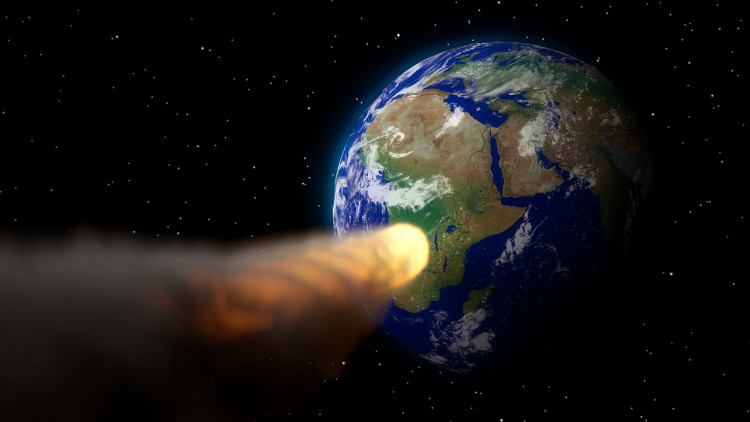At a significant convention in Paris, the heads of the major space agencies from across the world outlined their ambitious objectives for the upcoming years while highlighting the significant obstacles that could harm both space and humanity.
On Sept. 18 at the International Astronautical Congress (IAC) 2022 in Paris, representatives from NASA, the European Space Agency (ESA), the Canadian Space Agency (CSA), the Japanese Aerospace Exploration Agency (JAXA), and the Indian Space Research Organization (ISRO) took the podium.
The first significant mission milestone mentioned is already progressing quickly.
"This weekend, at 15,000 miles an hour, a spacecraft is going to ram a small asteroid that revolves around a larger asteroid," speaking about the upcoming DART mission impact, NASA administrator Bill Nelson said.
"We're going to see if we can, just a little bit, move that trajectory so that, as we look out there and try to find the killer asteroids that will threaten the Earth ... that we could get it far enough away so that by the time it gets to Earth it would miss us."
The Heads of Agencies this year saw two significant absences. Wu Yanhua, the vice administrator of the China National Space Administration (CNSA), withdrew from the panel owing to a scheduling difficulty, according to the organizers. Later on, during the five-day congress, updates on the nation's lunar plans are still anticipated.
As a result of the ongoing Russian invasion of Ukraine that started in February, Russia is not present at IAC. But, according to the Russian news agency TASS, its delegates were given visas. Nelson claimed that despite widespread condemnation of the invasion, the U.S. and Russian space collaboration is still ongoing. Both participate in the International Space Station program as partners.
Campbell emphasized that the nation is working on Canadarm3 as part of the Lunar Gateway project and will send an astronaut on the crewed Artemis 2 lunar flyby mission; the astronaut will be chosen in the upcoming months. She also mentioned that the winning design for a lunar south pole rover for a 2026 mission will be announced by the CSA in the upcoming weeks.
Hiroshi Yamakawa of JAXA noted that Japan is engaged in a variety of exploration initiatives, such as the MMX sample return mission to the moon Phobos of Mars and a human-powered, pressurized lunar rover. The new H3 rocket is also almost ready for its test flight, which is scheduled to launch before the conclusion of the Japanese fiscal year, which ends in March 2023.




